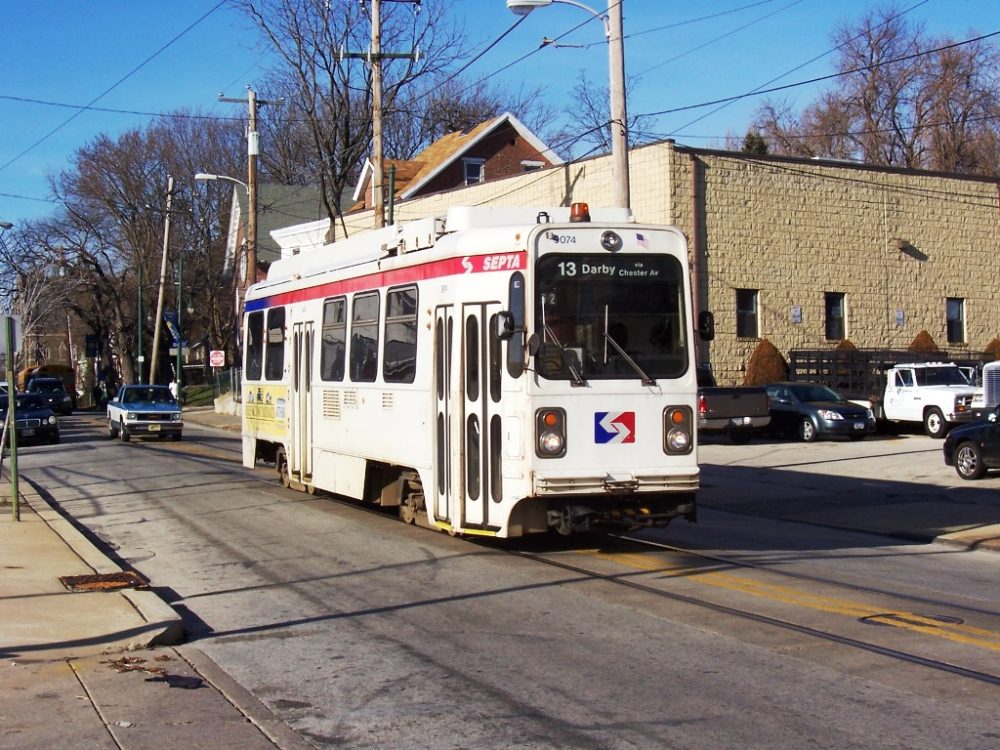Defective Brake Switch on Passenger Trains, Trolleys Could Cause Accidents, NTSB Warns

Federal transportation experts are warning that some trains and trolleys in the U.S. may have defective brake switches, warning that problems may have already caused at least one accident.
The National Transportation Safety Board (NTSB) issued a safety alert (PDF) this week, reporting that improper installation or adjustment of an electrical switch may cause some emergency brakes on trolley cars and rail transit vehicles to fail to activate correctly.
Investigators believe the brake switch problem led to a January accident in Philadelphia, which injured 46 passengers and operators.

Did You Know?
Millions of Philips CPAP Machines Recalled
Philips DreamStation, CPAP and BiPAP machines sold in recent years may pose a risk of cancer, lung damage and other injuries.
Learn MoreThe trolly accident occurred just before 1 p.m. on January 4, when a Southeastern Pennsylvania Transport Authority (SEPTA) car carrying 47 passengers stopped to offload passengers. Another trolley car, carrying six passengers, crashed into the rear of the first trolley at about 11 miles per hour.
Investigators determined that the emergency brake’s push-button mechanism failed to activate. The button was made by the Westinghouse Air Brake Company Fluid Power Division, and has a part number of 0584566. It is a two-position, on/off, manually operated push-button pneumatic valve with an electrical switch.
“Following the accident, investigators tested the effectiveness of the emergency brake application using the emergency brake push-button. In these tests, investigators observed that the track brake portion of the LRV braking system was not functional,” the alert notes. “Further investigation attributed the failure to the electrical switch portion of the emergency brake push-button. The failure of the switch was caused by improper installation in the body of the push-button mechanism.”
Testing determined that if the brake switch is installed too far into the body of the mechanism, it can cause the push rod to over-stress the electrical switch, breaking the switch and separating it from the pneumatic valve.
The designer, WABTEC Corporation, has released a service bulletin on how to identify, test and inspect each switch and has revised the maintenance procedures.
The NTSB did not indicate how many rail cars or trolley cars may be affected. However, it is calling on all rail transit agencies to identify the electrical emergency brake push-buttons on all of their rail transit vehicles to determine if they have the affected switch. They should follow the WABTEC Service bulletin, revise their maintenance procedures, and then test the button after maintenance to ensure it is functioning properly.
Agencies can contact WABTEC Corporation for more information by calling 864-433-5900.
Get more articles like this sent directly to your inbox.
"*" indicates required fields





0 Comments